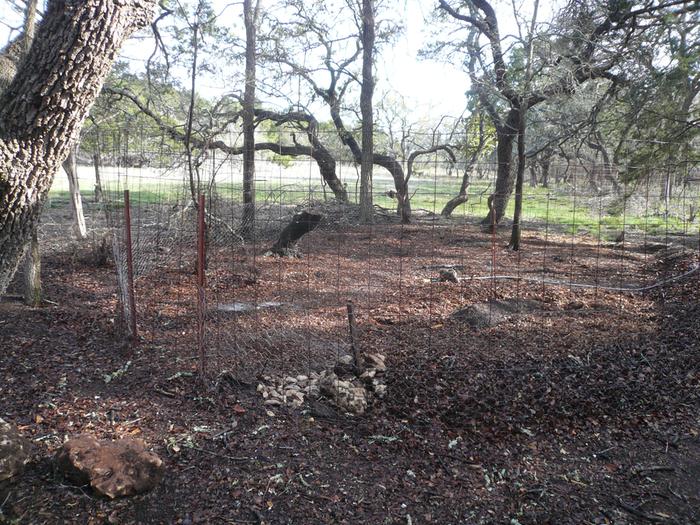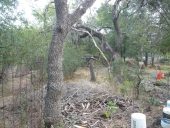posted 9 years ago
Finished fencing the Plum Project, and planted it (except not the plums). Some of the seeds planted: Honeylocust, Palo Verde, Moringa, False Indigo Bush, Mexican Bird of Paradise, Esperanza, Cowpea, Black-eyed Pea, melons, winter squash, tomatoes, peppers, and a mixture of flowering plants and some old things I had in the fridge.
plumplanted.jpg











